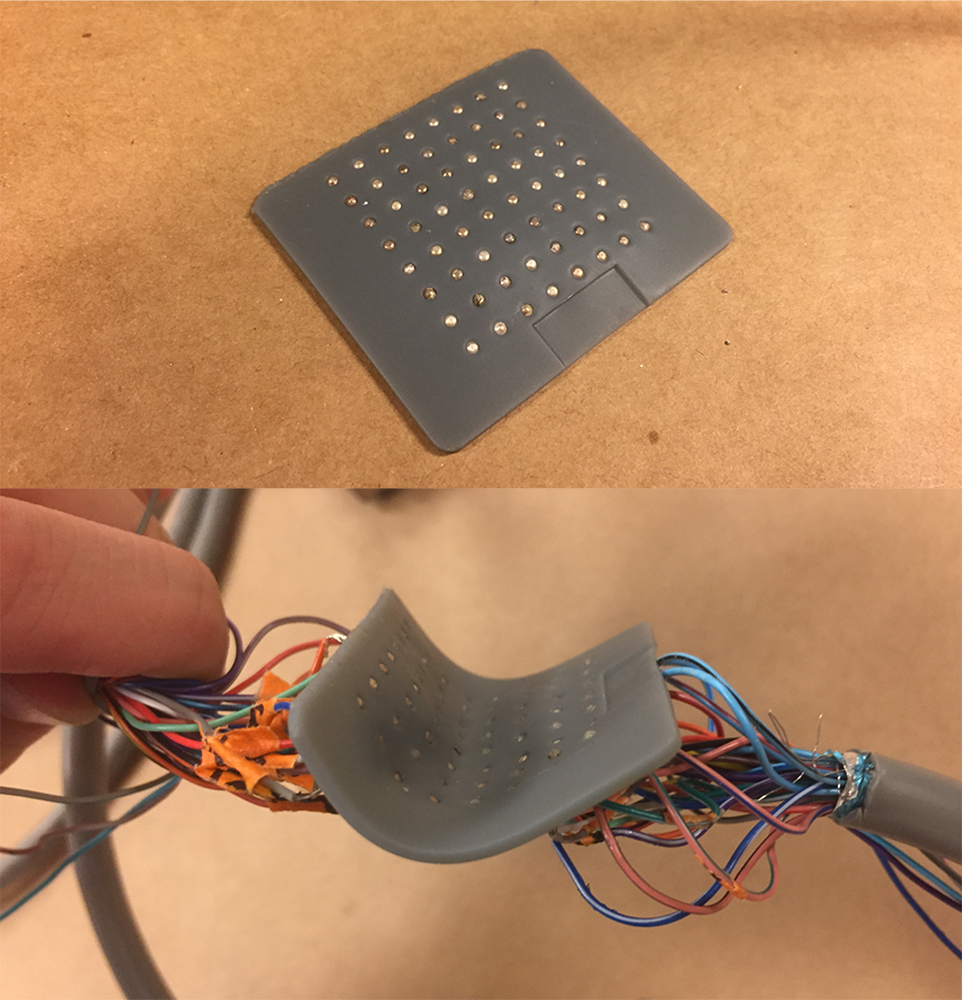Researchers at Standford University will have been developing using 3D printing custom cardiac surgical devices. Hopefully, those cardiac surgical devices would help patients who suffer from a common heart ailment.
Surgeons use cardiac catheter devices to map a heart’s electrical activity. The devices especially enable to detect rhythm disturbances in a patient’s heartbeats. The only thing is that they are often limited to one size which does not bring out perfect results when surveying a heart’s activity.

A focus on atrial fibrillation
This research started by an investigation on atrial fibrillation or AFib, a heart disturbance defined by irregular and often rapid heartbeats that disrupt the flow of blood from the heart to the rest of the body.
However, it was very tough to carry out the research because of the unique size of medical devices whose electrodes must be in contact with the heart’s surface for measurements of its activity. That’s why, the researchers decided to create devices that are personalized to each patient.

The manufacturing process
An MRI or CT scan of each patient has been done in order to record an image file of their heart. Every image file was thereafter sent to a 3D printer. According to medical student Kevin Cyr, the scan enabled to reproduce “a natural geometry and anatomy specific to that patient”.
“The device is a small, thin, flexible silicone membrane with tiny holes in a grid-like formation, each holding a tiny electrode. When placed on the surface of the heart’s atrium, the device can measure the electrical activity over that specific region of the heart. The data is transmitted to a computer, where it produces a recording that shows the electrical activity at that site. The recordings produce a heatmap of the electrical activity that physicians use to identify the regions of the heart that need treatment.”

For now, the researchers use their devices on the epicardium, or exterior, layer of the heart. They are looking forward to discovering if they could use the 3D printed object to map the interior surface of the heart.
For further information, follow us on our social media and subscribe to our newsletter! Would you like to be featured in the next issue of our digital magazine? Send us an email at contact@3dadept.com





